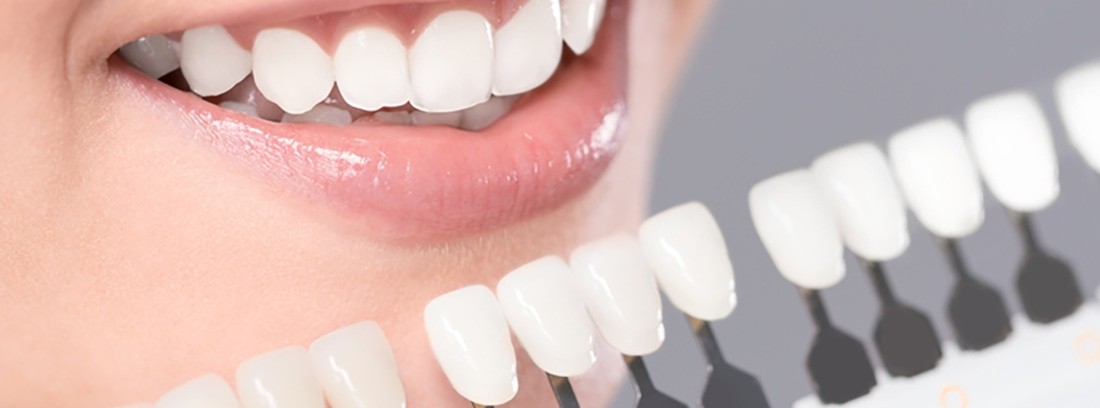The color of the teeth, what does it depend on?
 | Tooth color is genetically determined and varies from one person to another. Find out what factors influence this question.
| Tooth color is genetically determined and varies from one person to another. Find out what factors influence this question.
The tooth color, like that of the eyes or hair, it is variable in each person. Therefore, it is not considered a stable parameter since it varies from one individual to another, from one dentition to another or even over time in the same tooth.
Conditioning factors
To begin with, he is genetically conditioned. It is defined for us by the color of the dentin and the thickness and quality of the enamel:
- The enamel is translucent and is practically colorless. Depending on its thickness and quality (degree of mineralization), it allows the color of the dentin to become more or less “transparent”.
- The dentin is yellowish in color. Depending on its thickness and quality, it is more or less yellowish.
Tooth color variations
The variations that we can find are determined by:
- Age: Older people have thinner enamel thicknesses due to tooth wear. For this reason, we tend to see a more yellowish color on their teeth.
- Race / Skin Color: The relationship between tooth color and skin color is inversely proportional. That is, people with darker skin tend to have lighter teeth. Although it is also due, in part, to the visual effect. In summer, when our skin tans, it also seems that our teeth are lighter.
- The tooth: there are variations depending on the tooth observed. Canines tend to have a much thicker layer of dentin and therefore tend to be teeth that have a slightly darker tone than the rest of the teeth of the same dental arch. There is also variation depending on the observed dentition, thus the deciduous (milk or infant) dentition is always much whiter and brighter than the permanent one. This is where the name milk teething comes from, because of its milky white color.
- Tooth region: The most stable area of color on a tooth is the central area. If we divide a tooth into three parts, we will notice that the incisal part is more translucent and lighter (since it barely shows dentin) and the cervical part has a slightly darker tone than the central part (since it is the most close to the root and there is a greater saturation of dentin).
All these variations occur in people without intrinsic color alterations and under normal conditions. It must be borne in mind, of course, that apart from everything explained, external factors and habits, such as diet, influence us, which can cause a darker and less desired color in the teeth. As well as the patient's own oral care, especially the oral hygiene that he carries out.
Attention to what you drink ...
Coffee, tea and red wine are the foods that most stain teeth. Another element that makes them very dirty is tobacco.
- Tooth color is genetically determined and varies from one person to another.
- Tobacco, coffee, tea, red wine and poor oral hygiene alter its color.
- The older they are, the more yellowish they look because the enamel wears off.
(Updated at Apr 14 / 2024)